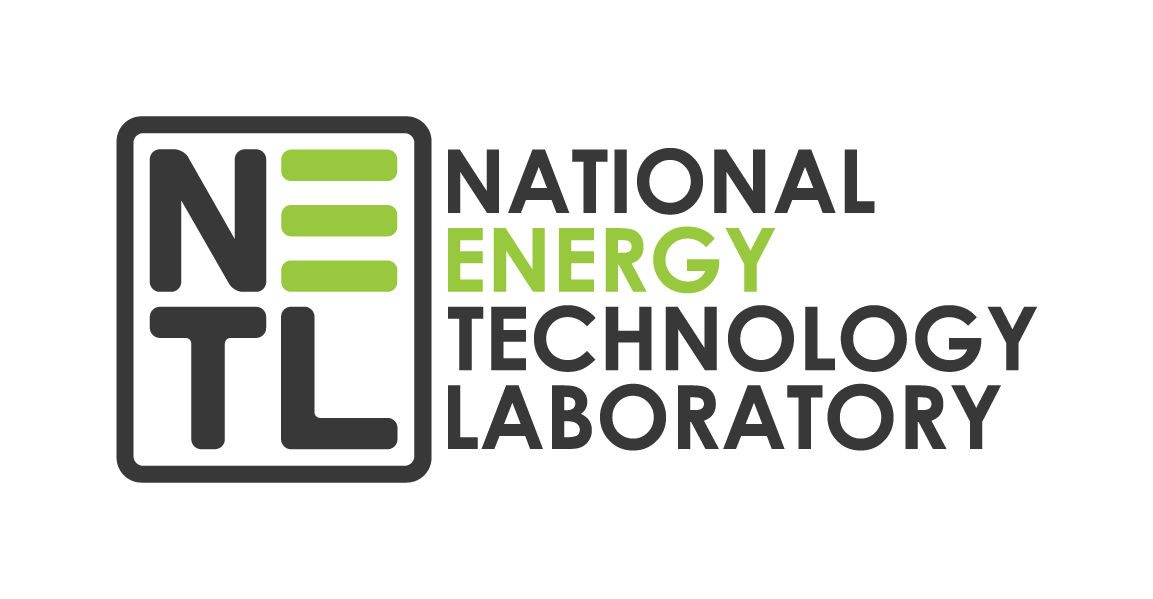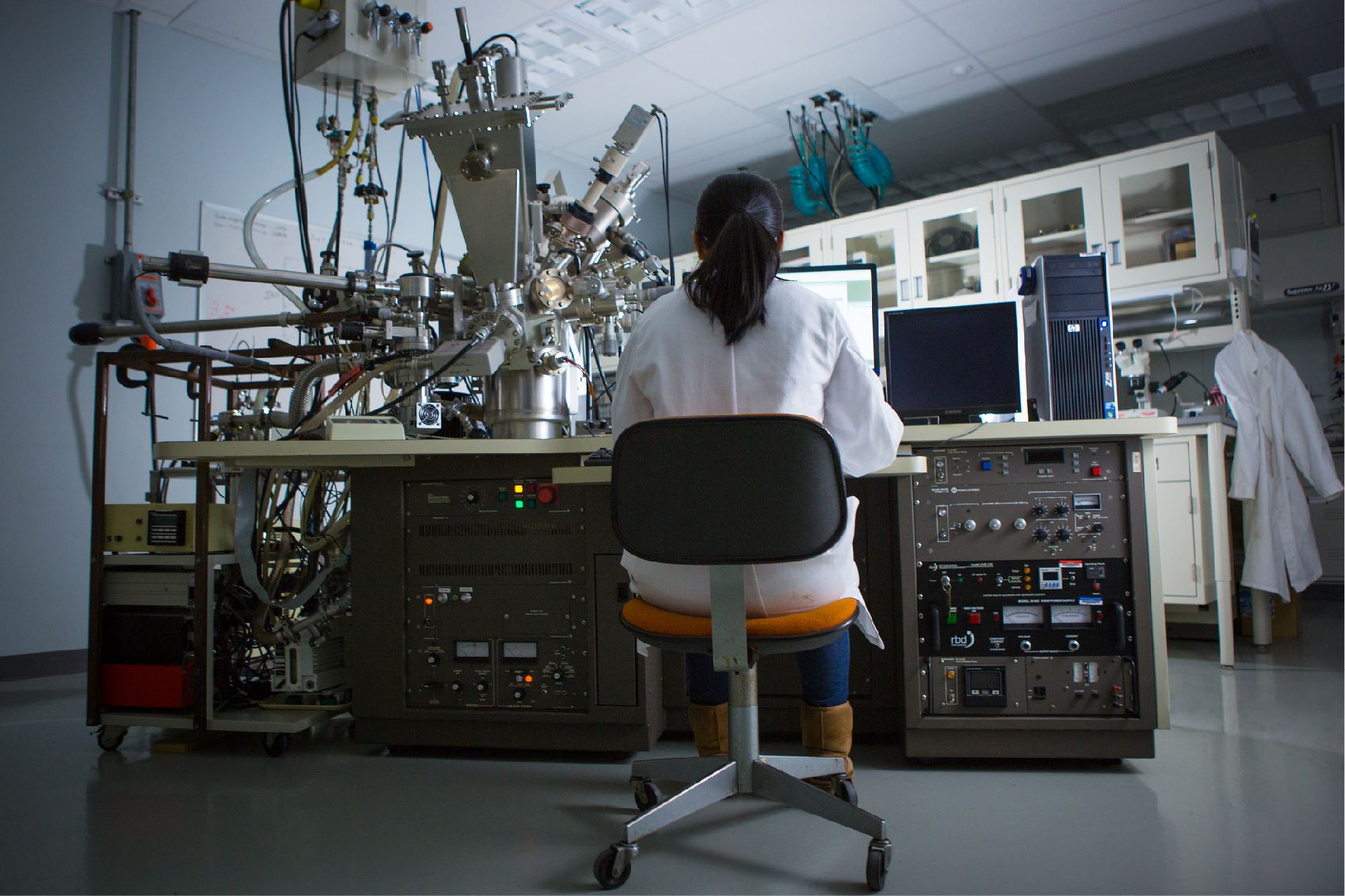Digital Economy and AI Energy Workforce: Data Centers
The expansion of data centers across the United States brings significant job and workforce opportunities tied to increased energy use and production demands. These facilities require a highly skilled workforce to design, build, and maintain critical systems, including electrical and mechanical infrastructure, advanced cooling technologies, and power management systems. Meeting the growing energy needs of data centers also drives demand for energy production, including natural gas, nuclear energy, and other reliable power sources that provide the consistent and scalable energy supply these facilities require.
Early Projections of Data Center and Energy Use Growth
A report produced by Lawrence Berkeley National Laboratory (LBNL) outlines the energy use of data centers from 2014 to 2028. The report estimates that data center load growth has tripled over the past decade and is projected to double or triple by 2028. U.S. electricity demand is projected to account for data center expansion and the rise of artificial intelligence (AI) applications, domestic manufacturing growth, and electrification of different industries. DOE has anticipated this growing demand trend, reflects robust industrial investments in America and national leadership on technology innovation.
Fossil Energy (Natural Gas), Data Centers and the US Digital Economy
The increased use of natural gas for powering data centers creates substantial opportunities for job growth and the emergence of new skills and occupations. As data centers demand reliable, high-capacity energy sources, natural gas offers a versatile solution that drives the need for a skilled workforce in energy production, distribution, and infrastructure development. This includes roles in natural gas extraction, processing, and pipeline operations, as well as technicians and engineers specializing in advanced gas turbines and energy management systems tailored for data center applications. Additionally, the integration of natural gas technologies with innovative energy storage and efficiency systems fosters the development of new occupations in energy optimization and emissions reduction.
Data Centers and Fossil/Natural Gas Use
1. High Energy Demand
-
Data centers consume a substantial amount of electricity, and in regions where renewable or nuclear energy infrastructure is lacking, they often rely on fossil fuels like coal, natural gas, or oil.
-
Fossil fuels provide a stable, scalable, and widely available source of energy for uninterrupted operation.
2. Backup Power
-
Diesel generators are widely used for backup power during outages, ensuring critical data services remain operational.
-
Natural gas is also increasingly used as a cleaner alternative for backup and supplemental power.
3. Location Constraints
-
In some areas, renewable energy options are limited due to geographic or climate constraints, making fossil fuels the primary energy source.
4. On-site Generation
-
Some data centers deploy natural gas-powered combined heat and power (CHP) systems, which generate electricity and use waste heat for cooling.
Opportunities for Fossil Energy Integration
1. Natural Gas as a Transition Fuel
-
Natural gas produces fewer emissions than coal or oil, making it a viable transitional energy source while scaling up renewables.
-
Modular natural gas generators can be co-located with data centers for on-demand power.
2. Carbon Capture Technology
-
Emerging carbon capture and storage (CCS) technologies can reduce emissions from fossil-fueled power plants supplying energy to data centers.
-
This could allow for cleaner use of existing fossil energy infrastructure.
3. Waste Heat Utilization
-
Managing large-scale, multidisciplinary CCUS projects.
-
Collaborating across industries, academia, and government.
Workforce Impacts
1. Skills Required
-
Energy Systems Engineers:
-
Optimize the integration of fossil fuels with renewable energy systems.
-
-
Carbon Capture Technicians:
-
Operate and maintain CCS systems linked to data centers.
-
-
Energy Transition Consultants:
-
Develop strategies for reducing fossil energy reliance while ensuring uninterrupted operations.
-
-
Natural Gas Technicians:
-
Optimize the integration of fossil fuels with renewable energy systems.
-
-
Fuel Cell Specialists:
-
Develop and manage hydrogen fuel cell systems powered by natural gas.
-
2. Workforce translation and reskilling
-
Reskilling workers from traditional fossil fuel industries to manage hybrid systems (fossil + renewable energy).
-
Training programs focused on energy efficiency and low-carbon technologies for data centers.
3. New Job Opportunities
-
Jobs in retrofitting existing data centers to improve energy efficiency and reduce emissions.
-
Employment in building and maintaining on-site natural gas or hybrid energy plants.
Applications for Natural Gas in Data Centers
1. On-Site Power Generation
-
Natural gas-powered turbines or reciprocating engines can provide primary or supplementary power, reducing reliance on grid electricity.
-
These systems offer high efficiency and can be integrated with microgrids for localized energy resilience.
2. Combined Heat and Power (CHP)
-
CHP systems generate electricity and capture waste heat for reuse in cooling systems, improving overall energy efficiency.
-
This dual-purpose approach can lower operational costs and emissions.
3. Fuel Cells
-
Natural gas can be used to power hydrogen fuel cells, which convert natural gas into electricity through a chemical process with minimal emissions.
-
Fuel cells are compact and scalable, making them ideal for data center operations.
4. Hybrid Energy Systems
-
Data centers can combine natural gas with renewable sources to create a hybrid energy model, ensuring stability while reducing carbon intensity.
Examples of Data Centers Utilizing Natural Gas
1. Silicon Valley Power's Donald Von Raesfeld Power Plant
-
Located in Santa Clara, California, this natural gas power plant began operations in 2005 with a peak capacity of 147 megawatts. It supports the city's numerous data centers by providing a stable and efficient energy source.
2. Bloom Energy Servers
-
Bloom Energy produces solid oxide fuel cell power generators that use natural gas or biogas as fuel. These servers are deployed in various large buildings, manufacturing facilities, and data centers to produce on-site power efficiently.
3. VoltaGrid's Natural Gas-Powered Microgrids
-
VoltaGrid offers natural gas-powered microgrids providing dependable power crucial for data centers requiring continuous and stable energy. These microgrids operate independently from the main grid, ensuring uninterrupted power during outages or grid failures.
Workforce Training Programs for Natural Gas Data Center Operations
1. MEA Energy Association's Natural Gas Boot Camps
-
In partnership with the Center for Energy Workforce Development (CEWD), MEA offers boot camp programs introducing potential new hires to the gas distribution business. These programs provide foundational knowledge applicable to natural gas operations in data centers.
2. GTI Energy's Natural Gas Field Skills Training
-
GTI Energy provides a series of instructor-led modules designed for field workers involved in natural gas construction, operations, and maintenance. This training prepares workers for safe, effective on-the-job performance, aligning with the needs of natural gas-powered data centers.
3. CenterPoint Energy's Training and Development Programs
-
CenterPoint Energy offers development programs for employees at all career phases, including technical and leadership pathways. Collaborations with educational institutions provide training relevant to natural gas operations, beneficial for data center energy management.
4. Northeast Gas Association's Operations Training
-
In collaboration with GTI, the association offers the Natural Gas Field Skills Training Program, comprising 77 modules to prepare field workers for safe and effective performance in natural gas operations.
Natural Gas-powered Data Centers Workforce Opportunities (chart)
|
Category |
Role |
Example Roles |
|---|---|---|
|
Energy Production and Supply |
Natural Gas Extraction and Processing |
Drilling technicians, geologists, petroleum engineers |
|
Energy Production and Supply |
Pipeline Construction and Maintenance |
Pipeline engineers, welders, inspectors |
|
Energy Production and Supply |
Power Generation |
Gas turbine operators, mechanical engineers |
|
Infrastructure Development and Maintenance |
Data Center Energy Systems Design |
Energy systems engineers, HVAC specialists |
|
Infrastructure Development and Maintenance |
Energy Efficiency and Optimization |
Energy analysts, optimization specialists |
|
Environmental and Regulatory Compliance |
Emissions Control and Monitoring |
Environmental engineers, compliance officers |
|
Environmental and Regulatory Compliance |
Regulatory and Safety Specialists |
Policy advisors, safety inspectors |
|
Innovation and Technology Integration |
Advanced Gas Turbine Development |
Research scientists, mechanical engineers |
|
Innovation and Technology Integration |
Energy Storage and Backup Systems |
Battery engineers, grid management experts |
|
Support and Ancillary Services |
Logistics and Supply Chain Management |
Supply chain analysts, logistics coordinators |
|
Support and Ancillary Services |
Skilled Trades and Technicians |
Electricians, plumbers, general maintenance workers |
Nuclear Energy, Data Centers and the US Digital Economy
As data centers seek reliable, high-capacity, and low-carbon energy sources, nuclear power offers a consistent and scalable solution, driving demand for a highly skilled workforce. This includes roles in nuclear plant operations, reactor maintenance, and safety engineering, as well as new opportunities in the design and implementation of small modular reactors (SMRs) tailored for data center energy needs. Moreover, integrating nuclear energy with advanced energy storage and grid management technologies fosters the emergence of occupations focused on optimizing energy delivery and reliability. By aligning the growing energy demands of data centers with the capabilities of nuclear power, this shift not only supports economic growth but also cultivates a specialized workforce prepared to lead in cutting-edge energy innovation.
Key Workforce Needs for Nuclear-Powered Data Centers
1. Specialized Roles
-
Nuclear Engineers:
-
Design and operate nuclear systems, including reactors, safety protocols, and energy integration with data centers.
-
-
Energy Systems Technicians:
-
Manage the interface between nuclear power systems and the electrical infrastructure of data centers.
-
-
Cooling and Heat Management Specialists:
-
Implement and maintain systems that utilize waste heat from nuclear plants for data center cooling.
-
2. Emerging Job Categories
-
Small Modular Reactor (SMR) Technicians:
-
Operate and maintain SMRs specifically designed for co-location with data centers.
-
-
Data Center Energy Managers:
-
Optimize energy use, integrating nuclear and other power sources to ensure operational efficiency and sustainability.
-
-
Cybersecurity Experts:
-
Protect the critical infrastructure of nuclear-powered data centers from cyber threats.
-
3. Interdisciplinary Expertise
-
Dual-Skilled Professionals:
-
Training individuals in both nuclear technology and IT/data center operations to manage the unique challenges of this energy source.
-
-
AI and Machine Learning Specialists:
-
Develop predictive systems for managing nuclear energy supply, load balancing, and optimizing energy use in data centers.
-
Workforce Development Strategies
1. Educational Pathways
-
University Programs:
-
Create interdisciplinary degree programs combining nuclear engineering with data center management or IT.
-
-
Technical Certifications:
-
Develop certifications focused on SMRs, microreactors, and energy integration tailored for the data center industry.
-
2. Reskilling Existing Workforce
-
Reskill professionals from traditional IT, energy, or engineering sectors to work in this hybrid field.
-
Offer short-term training in nuclear safety, energy optimization, and advanced cooling systems.
3. Apprenticeships and Internships
-
Collaborate with nuclear energy companies and data center operators to provide hands-on training.
-
Launch co-op programs for students in nuclear and IT fields to gain experience in this emerging sector.
Workforce Challenges
1. Skill Gaps
-
Limited availability of professionals with expertise in both nuclear energy and data center operations.
-
Insufficient knowledge of advanced nuclear technologies like SMRs among energy technicians.
2. Geographic Mismatch
-
Data centers powered by nuclear energy may be located in remote areas, requiring incentives to attract skilled workers.
3. Regulatory Expertise
-
Navigating the complex regulatory environment for nuclear facilities demands workers with legal and compliance expertise.
Workforce Opportunities by Role
|
Role |
Skills/Requirements |
Opportunities |
|---|---|---|
|
Nuclear Engineers |
Reactor design, energy integration, safety systems |
Designing and optimizing SMRs for data centers. |
|
Data Center Operators |
IT systems, energy load management, basic nuclear systems knowledge |
Managing hybrid energy sources (nuclear + renewables) and ensuring uptime. |
|
Cooling Systems Technicians |
Waste heat management, liquid cooling, HVAC expertise |
Developing cooling systems that leverage nuclear waste heat. |
|
Energy Systems Analysts |
Energy modeling, renewable integration, nuclear grid interaction |
Optimizing the mix of nuclear and other energy sources for cost and sustainability. |
|
SMR Technicians |
Operation and maintenance of SMRs |
Managing SMRs co-located with data centers. |
|
Policy and Compliance Experts |
Nuclear regulations, energy policy, environmental compliance |
Ensuring facilities meet safety and environmental standards. |



